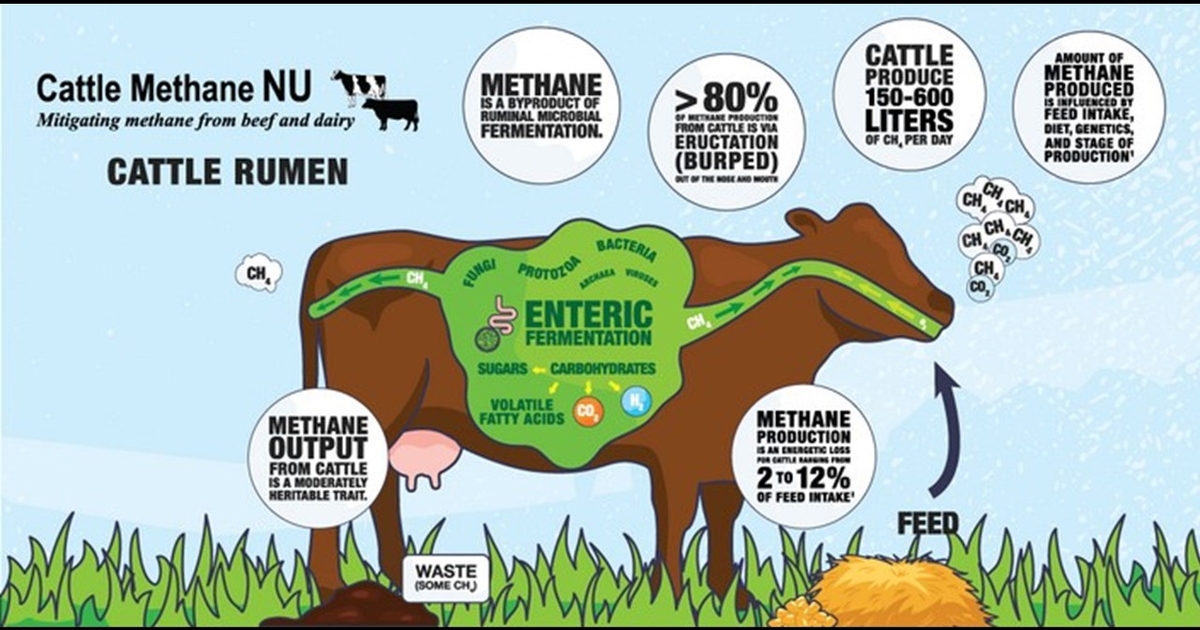Government funding talks stall as deadline nears
Posted on January 12, 2024 by Eric Bohl
Source: Farm Progress. The original article is posted here.

As a manner of protest, 13 members of the right flank voted against several procedural measures Wednesday, shutting down major action on the House floor. Johnson was reportedly in conversations with the dissenters Wednesday and Thursday in an effort to find a path forward. Numerous members of the Senate and several in the House have called for a short-term continuing resolution to extend funding past the Jan. 19 deadline to give them time to complete their work, but conservatives have staunchly opposed another extension.
If funding is not secured through appropriations or a continuing resolution by midnight next Friday, four of the 12 annual spending bills would expire. This would include funding for USDA, FDA and agencies overseeing military construction, transportation, energy, housing, veterans’ services and others. Essential government functions, including food safety inspections, would continue. The remaining eight bills are set to expire two weeks later, on Feb. 2.
USDA announces trade promotion funding
Over $203 million in federal funding will be distributed to 68 organizations to promote U.S. agricultural exports in fiscal year 2024. USDA announced the awards on Monday, which will be administered and distributed through its Foreign Agricultural Service. The funds come from the Market Access Program and Foreign Market Development programs.
“Over the years we have seen the tremendous impact both MAP and FMD have on expanding U.S. exports to markets across the globe,” FAS Administrator Daniel Whitley said. “For each $1 invested in export market development, U.S. agricultural exports have increased by more than $24. These programs provide a significant boost to the U.S. agricultural industry, which in turn helps strengthen the economy not just in rural communities, but across the entire United States.”
MAP is designed to promote “fruits, vegetables, nuts, processed products and bulk and intermediate commodities,” according to USDA. Of the total funds, about three-fourths will be allocated to MAP. FMD “focuses on generic promotion of U.S. commodities, rather than consumer–oriented promotion of branded products.” It will distribute $27 million to 20 organizations promoting agricultural trade. USDA also recently announced it plans to spend up to $1.4 billion on its new Regional Agricultural Promotion Program to provide similar help to expand exports in targeted foreign markets.
Biofuel pump grants announced for 22 states
As part of an ongoing effort to expand the availability of higher ethanol blends at U.S. gas stations, on Thursday USDA announced $19 million in grants for blender pumps in 22 states. Funding comes from the Higher Blends Infrastructure Incentive Program, an effort begun in 2020 to help gas stations afford to upgrade fuel dispensers and storage tanks.
According to USDA, about 96% of vehicles on U.S. roads today are legally approved to use E15, a blend containing 15% ethanol and 85% gasoline. About eight percent of vehicles are “flex fuel” vehicles that can operate on blends up to E85.
Secretary of Agriculture Tom Vilsack made the announcement during the Iowa Renewable Fuels Summit in Altoona, Iowa.
“By increasing the supply of biofuels made here in the U.S., we are strengthening our energy independence, lowering costs for American families, creating new streams of income for agricultural producers and bringing good-paying jobs to people in rural communities,” Vilsack said.
States receiving funds are Arizona, California, Florida, Georgia, Illinois, Indiana, Iowa, Kansas, Kentucky, Maryland, Michigan, Minnesota, Missouri, Nebraska, Nevada, New Mexico, North Carolina, Ohio, Oklahoma, South Dakota, Texas and Wisconsin.

.jpg?disable=upscale&width=1200&height=630&fit=crop)


